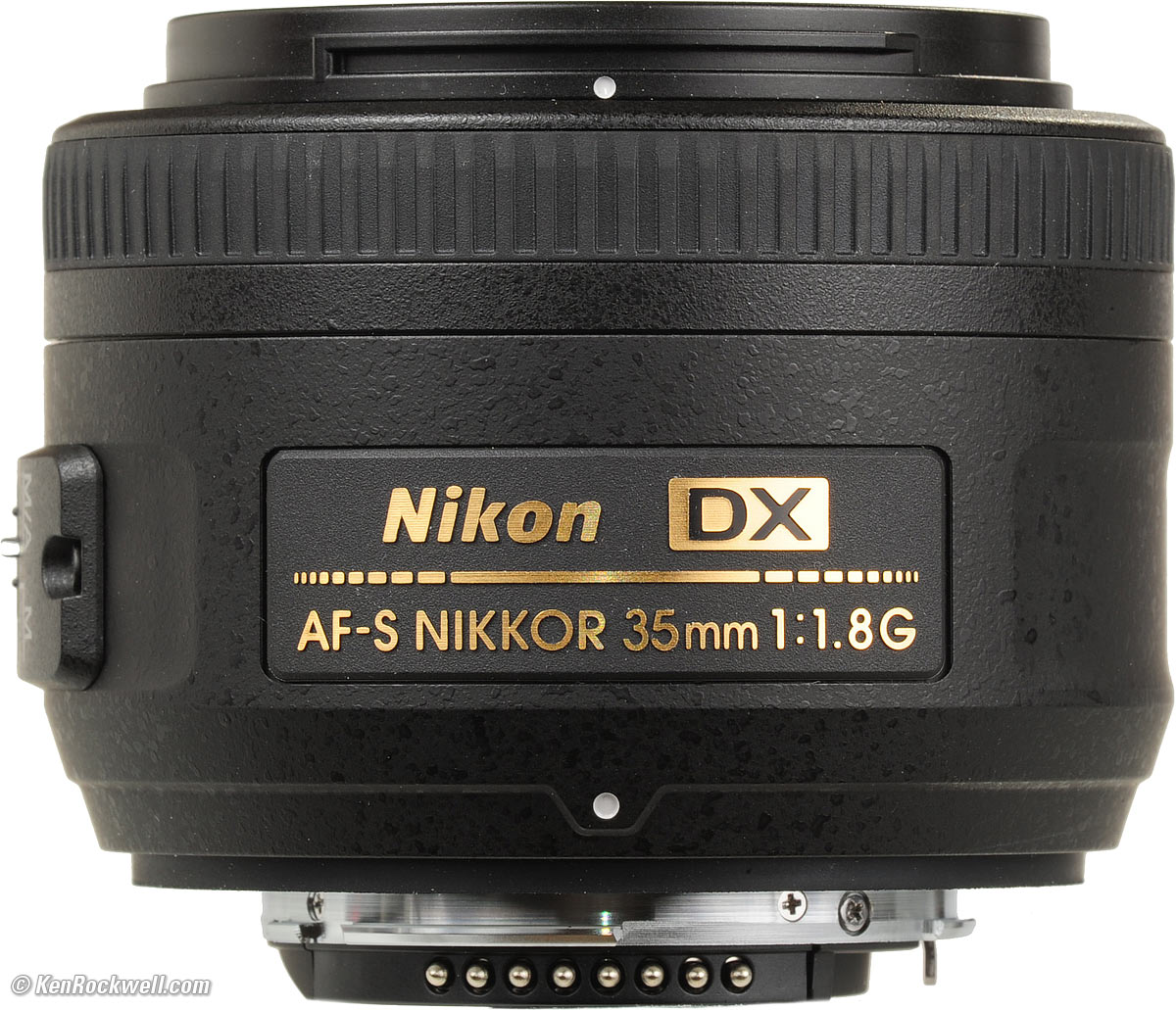
So what’s the deal with 35mm film? You’ve probably seen the 35mm label thrown around from time to time but never paid too much attention to it. Well if that’s the case, you’re in luck because I’m about to explain what 35mm means, how it works, and why it’s so important.
35mm film is the most commonly used film gauge for motion pictures and chemical still photography. 35 mm film strips measure 34.98 ±0.03 mm (1.377 ±0.001 inches) wide with four perforations per frame along both edges. There are 16 frames per foot of film. In some ways, 35mm film is the mark of the high-end, professional production quality dominating Hollywood.
In 1909, 35 mm film became the international standard gauge to combat the overwhelming diversity of film equipment in the beginning of the century. Kodak, Fujifilm, and Agfa-Gevart were some of the top 35mm film production companies before digital technology replaced the need for disposable film. The standardization of 35mm film greatly impacted the scope and reach of cinema, making it easier to both produce and share worldwide. 35mm film was also used in still photography with the popular Leica camera.
Because cost is directly proportional to surface area, 35mm film was often too expensive for amateur filmmakers. High prices and lack of knowledge made it difficult for young creatives to enter the industry. As a solution, developers created even smaller formats including the 28.mm 9.5mm, and 16mm. The 16mm in particular caught on by amateurs and professional filmmakers alike. The only setback to smaller gauge was less light and clarity in the final product.
Super 35 refers to the 1956 specification. Images shot using the Super 35 method are generally low quality due to the anamorphose process. However, a niche group remains invested in the practice. Since 2000, Super 35 has become even more popular. Other popular formats include Academy, widescreen, 3-perf, and VistaVision.
For those of you interested in shooting still images with 35mm film, check out the following blogs for some recommendations.